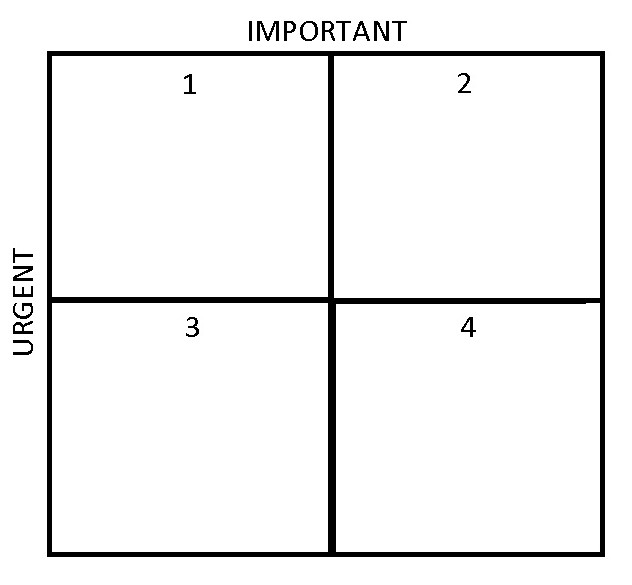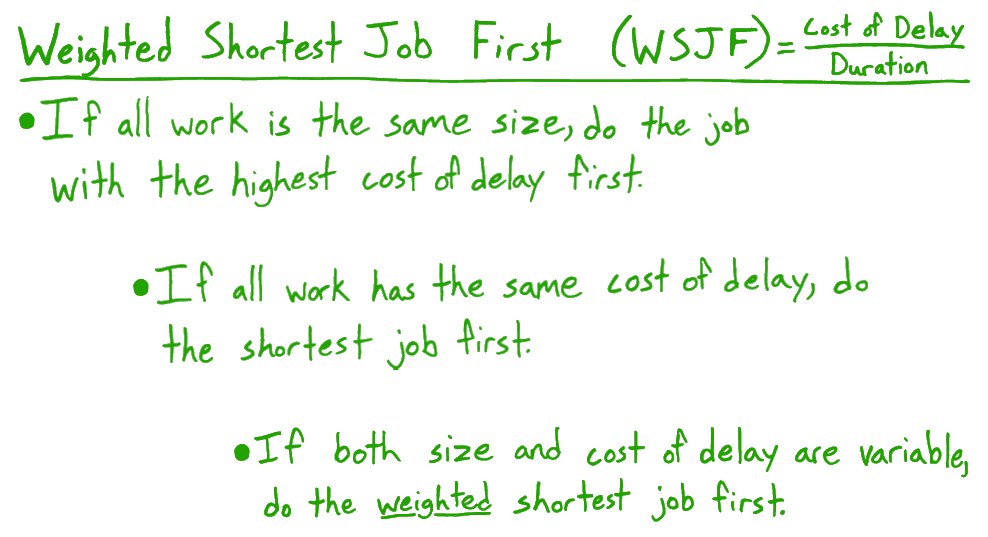Subjective models are charming but hinder clear thinking but are common and easy to understand due to their quadrant nature. In addit,ion they do not require you to motivate your conclusions which makes them charming to many, but unfortunately, this is also what’s inherently flawed with them.

If you’re coaching a team e.g org leads team or dev team that uses any form of subjective prioritization model e.g. MSCW, Risk/Value, Urgency/Importance you can help them make a greater impact by introducing them to objective prioritization models.
Objective models encourage conversations and creates alignment
Objective prioritization models e.g. Kano, CoD, WSJF help members of organizations understand why decisions are made, and what’s important right now. This improves teams autonomy, allows for faster decision making, reduces interpersonal conflict, and ultimately leads to teams and the org delivering more value.

While the benefits of objective models might seem obvious none of the organizations I’ve worked in have used them to make decisions. In my experience, the same holds true for teams. Out of the teams I’ve coached only 5% have used some form of objective prioritization model before getting a coach (whether that was me or an earlier coach).
If you’re interviewing with me for an agile coach or product owner role I might explore prioritization models with you, for the reasons mentioned above.
“How do you prioritize your backlog when there’s too much to do?”
This question helps me understand if the candidate:
- prefers subjective or objective models
- knows multiple ways of prioritizing backlogs
- understands the consequences with not having an objective model
- is able to motivate conclusions with data by herself, or with guiding questions
- is aware of the assumptions he or she is making
- knows how to deal with backlogs that contain items that vary greatly in size
Subjective models are more common than objective ones.
The most common answer I get is some variation of MSCW (Must, should, could, would) which I try to explore a little bit.
-”How do you prioritize your backlog when there’s too much to do?”
-“I define what must be done and what’s nice to have, or should haves…”
-“How do you determine if something is a must have or a should have?”
-“I have great relationships with my stakeholders and a pretty good understanding of what’s most important to them. Either that or my manager tells me what’s most important”.
-“How do you know which “Must” that’s most valuable?”
-“Since they all have to be done it doesn’t matter which one we start with so we usually take the smallest one first.”
Agile coaches at Spotify are expected to help teams shift to objective models
We (agile coaches) work very close to the value creation chain and we are in a great position to influence it positively.
It’s not important to know every detail about every model that exists. However, being able to observe the consequences an organizations way of prioritizing work has, is important.
Thanks for reading, and if you’re scheduled for an interview with us – Good luck! :)